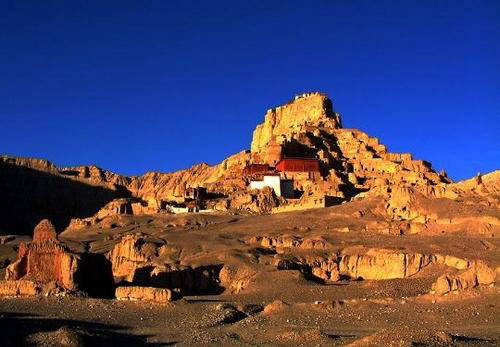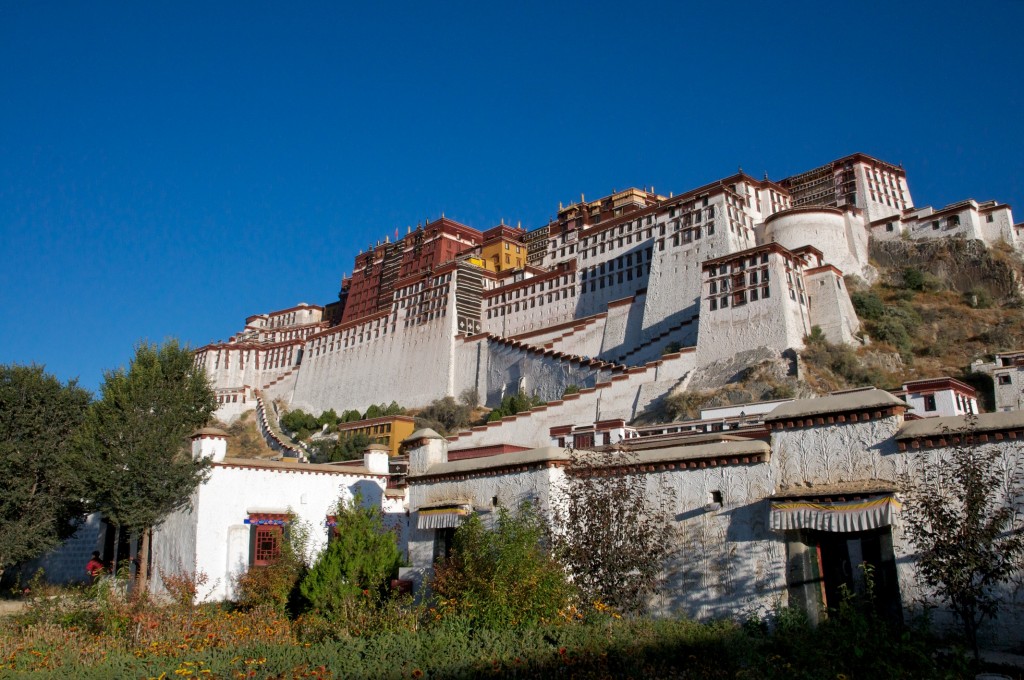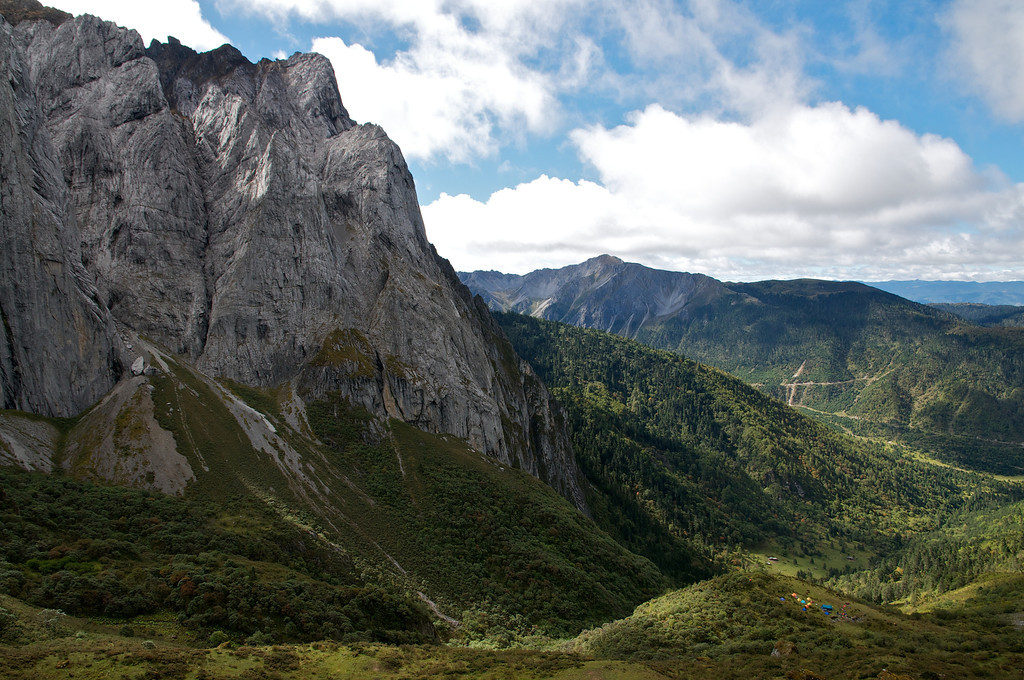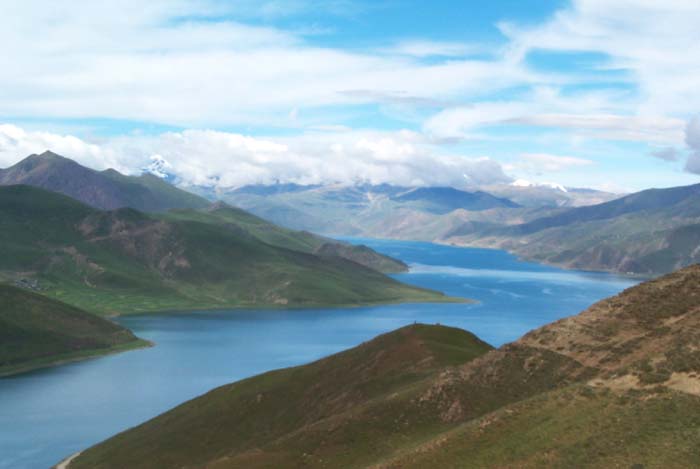Tibet is located in the heart of the Himalayas, and is one of the world’s most hidden and valuable treasures.
Traveling to Tibet can take you back in time to the Guge Kingdom’s ancient civilization, give you the chance to hike up the remote, arduous, and scenic black peaks of sacred Mt. Kailash and amble along the towering, fortress-like crisp white walls of the Potala Palace.
Northern Yunnan is also home to many Tibetans–some of whom have made the spectacular panoramas of Abujee their home.
Khunu, a yak wool clothing company that sources its material from Tibet, was founded on the combination of an audacious spirit, the appreciation for far off cultures, and the desire to develop functional and fashionable products of the highest quality while facilitating direct and equitable market access for isolated Tibetan villages.
The word “Khunu” represents the name given to the first true Mongolian dynasty a thousand years prior to the rise of the legendary Ghengis Khan in the 13th century. Vast, majestic scenery populated by a hardy people who respect and live in harmony with their environment embodies what this brand is about.
For us at AsiaTravel, Tibet is a must-see for any adventurous spirit.
Here are few ways to venture off the beaten path and delve into the spirit of Tibet:
1) Guge Kingdom –

Photo credit: China Daily
For the history-loving explorer with the desire to go above and beyond the typical itinerary, AsiaTravel recommends an expedition to the remarkable Lost Kingdom of Tibet. This is an opportunity to see unforgettable sights that are as far away from coastal eastern China as you can get.
Immerse yourself in the far western area’s mysticism and beauty to unearth the hidden sites and artifacts of Tibet’s ancient civilization.
Walk in the shade of the pyramid-shaped Tholing Monastery and breathe in the crisp fresh air in front of an uninterrupted view of the Himalayan border stretching between India, Tibet, and Nepal. Head past Lake Mansarovar to the Ruins of the Guge Kingdom for a historic site steeped in mystery.
2) Abujee –
Meaning “delight” and “wonder”, the name Abujee perfectly embodies the beautifully serene, uncluttered landscape of this mountainous Tibetan region of northwestern Yunnan.
Known to few, the picturesque scenery of Abujee offers snow-capped mountains, lush forests, and deep, clear lakes. An area sacred to the nomadic Yi and Naxi ethnic minorities in the area, travelers to this remote region are treated to a private experience away from the prying eyes and jostling crowds of coastal China.
Make your way past sacred temples, mountainous terrain, nomadic settlements, and above the tree line towards breathtaking views.
3) Mt. Kailash –
Situated in a far western corner of one of the most remote plateaus in Asia, Mt. Kailash (at a height of at 6,638 meters/21,778 feet) is a striking peak in the Himalayan mountains of western Tibet.
It has long been a sacred pilgrimage destination for no fewer than four major religions: Hinduism, Buddhism, Jainism and Bön.
The peak has a recognizable deep black tint and symmetrical diamond-like shape. With a surrounding landscape that is rugged and dry, Mt. Kailash overlaps the crystalline streams of several lakes, including the vast Lake Manasarovar.
Stop by isolated monasteries and take the time to savor the endless horizon and staggering snow-capped peaks. Camp out each night under the stars in the company of annual pious pilgrims who walk around the mountain for good fortune.
_____
Is your interest piqued? Send us an email at info@wildchina.com for more information on traveling to Tibet!



